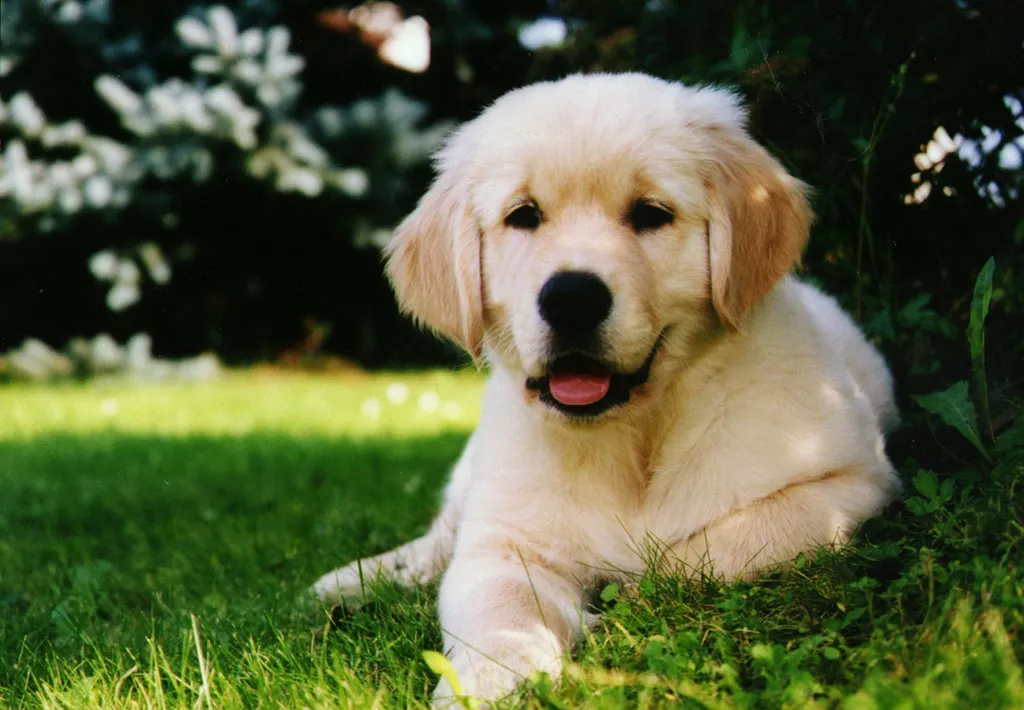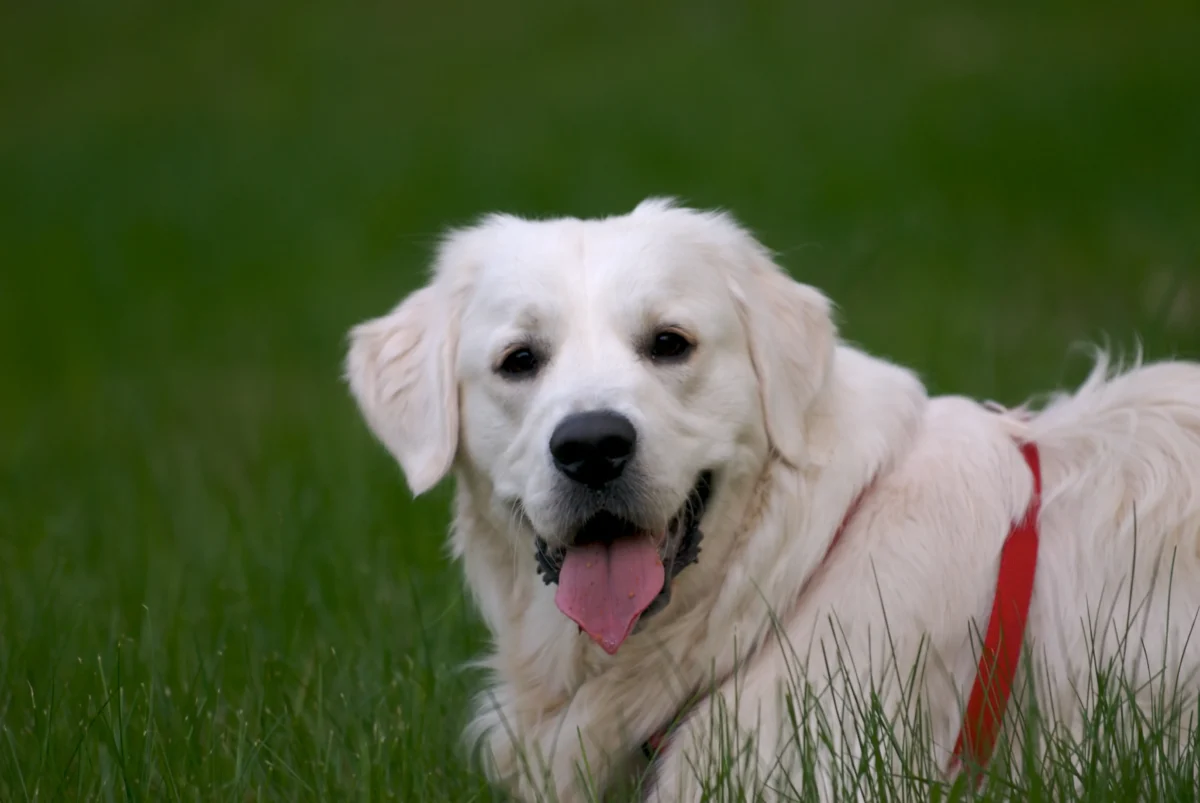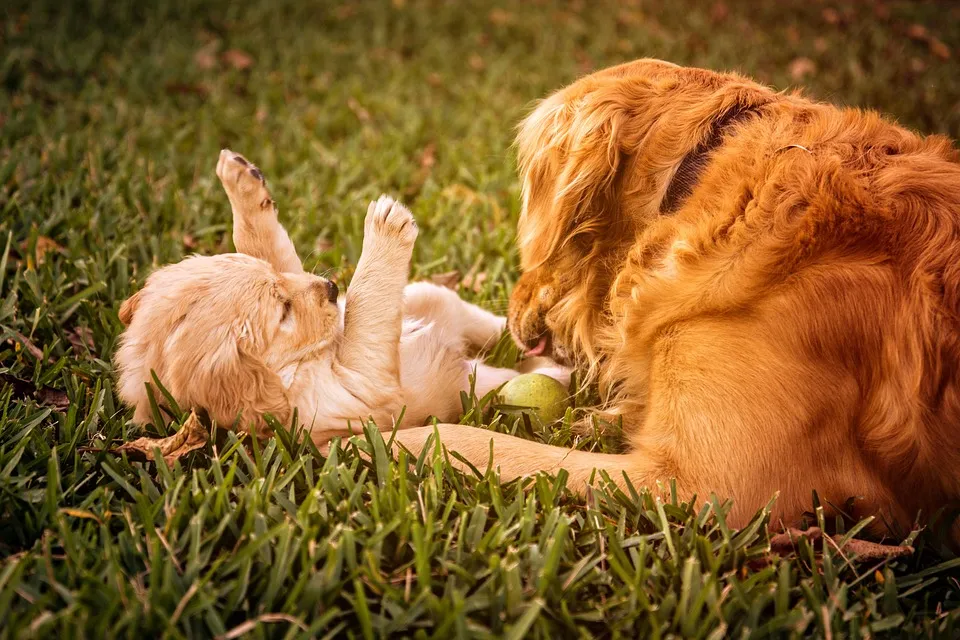The Ultimate Guide to Crate Training Your Golden Retriever: Tips from a Professional Trainer
Congratulations on your new furry friend! As a dog lover and experienced trainer who has worked with thousands of dogs through shelters and breeders, I’m here to help you with one of the most important aspects of raising a puppy: crate training.
Not only does crate training provide a safe and comfortable haven for your puppy, but it also helps with potty training and reduces destructive behavior. In this article, we’ll explore the purpose of crate training, how to choose the right crate for your Golden Retriever, and the proper way to introduce your puppy to the crate.
We’ll also discuss developing a crate training schedule, tips for success, and common mistakes to avoid. So if you’re ready to start crate training your new best friend, read on!
Understanding the purpose of crate training.
Crate training is a popular method of housebreaking puppies, but it serves many other purposes beyond just potty training. As someone who has worked with thousands of dogs through dog shelters and breeders, I can attest to the benefits that crate training provides for both the owner and the pup.
Firstly, crate training offers a safe haven for your furry friend. Dogs are naturally den animals and feel secure in small enclosed spaces. A crate provides them with their own personal space where they can relax without being disturbed or feeling threatened.
Secondly, it helps to prevent destructive behavior when you’re not home. Puppies have boundless energy and get into everything if left unsupervised – chewing on furniture or cords; eating dangerous items such as socks or plastic bags; digging up carpets or plants – all these behaviors pose serious risks to their health! But with proper crate training, you’ll be able to keep them safe while also ensuring that they don’t destroy anything around your home.
Thirdly, it’s an effective way to help puppies learn bladder control from an early age. Most pups will hold their bladders rather than soil where they sleep so by limiting access around the house until your puppy is potty trained in this manner ensures no accidents occur inside your household!
Lastly (but definitely not least), appropriate use of crates helps establish boundaries between pets & people within household living arrangements which ultimately leads towards improved behaviour throughout daily life together whether indoor/outdoor activities too!
In conclusion: Crate Training is vital for new Golden Retriever owners who love dogs because It offers safety& security; prevents destructive behaviours from developing over time due lack supervision during periods absence at work/home etc.; aids in teaching bladder control earlier on life stages leading towards less accidents indoors/outdoors as well improved behaviour overall!.
Choosing the right crate for your puppy.
Choosing the right crate for your Golden Retriever puppy is an important decision that can affect their overall well-being and behavior. As someone who has worked with thousands of dogs through dog shelters and breeders, I understand the importance of selecting a crate that fits your pup’s needs.
Firstly, it’s essential to consider the size of your puppy when choosing a crate. The ideal size should be big enough for them to stand up in comfortably but not so spacious that they feel overwhelmed or have too much room to move around.
Secondly, you need to think about the material of the crate. Soft-sided crates are lightweight and easy to transport, making them perfect for travel or temporary use indoors. However, if you’re looking for something more durable or long-lasting, then a wire or plastic kennel might be better suited.
Finally, take into account any additional features such as doors and locks when purchasing a crate. These features will help keep your pup safe while they’re inside their new home away from home.
At first glance choosing a suitable option might seem complicated,but by considering these factors beforehand can make all difference on how quickly pups adapt positively towards training routines;thus living harmoniously with owners .Remember puppies thrive under comfortability ,security,and consistency which makes picking out correct equipment paramount in developing healthy habits within new pet companionships .

Introducing your puppy to the crate.
« microchipping your dog
how to crate train a dog with separation anxiety »
Introducing your puppy to the crate can be a daunting task, but it is an important step in their development. As someone who has worked with thousands of dogs through dog shelters and breeders, I have seen firsthand the benefits of crate training.
First and foremost, it provides a safe space for your puppy to retreat to when they need some alone time or when you need them confined for safety reasons. It also helps with potty training by teaching them bladder control and preventing accidents in the house.
To introduce your puppy to the crate, start by making it a positive experience. Place treats or toys inside so they associate it with something enjoyable. Leave the door open at first so they can explore on their own terms.
Gradually begin closing the door for short periods of time while you are present so they learn that being inside doesn’t mean abandonment or punishment. Increase this time as they become more comfortable until eventually leaving them alone in there becomes routine.
Remember that every dog is different and may require different approaches to crate training, but patience and consistency are key factors in success. By introducing your Golden Retriever pup correctly early on, you will set them up for lifelong comfortability within their own personal space – ultimately leading towards happier lives together!
Developing a crate-training schedule.
Developing a crate training schedule is essential for every new dog owner, especially those who have recently welcomed a Golden Retriever puppy into their home. As someone who has worked with thousands of dogs through dog shelters and breeders, I can attest to the importance of proper crate training.
First and foremost, it’s important to establish a routine that your puppy can rely on. This means setting specific times for meals, potty breaks, playtime and rest time. By maintaining this schedule consistently every day – even on weekends – your pup will quickly learn what to expect throughout the day.
When it comes to using the crate as part of this routine, there are several key factors that come into play. Firstly, make sure you choose the right size crate for your pup: one that allows them enough room to stand up comfortably but not so much space that they’ll be tempted to use one end as their toilet area.
Next up is teaching them how long they should stay in there at any given time. For puppies under six months old (which applies in most cases), you shouldn’t leave them in there longer than three or four hours during daytime hours; overnight might be longer if necessary depending on age or health concerns like needing medication before bed (but always consult with your vet).
Finally – and perhaps most importantly – is making sure you’re providing plenty of positive reinforcement when they do behave appropriately while inside their crate! Treats or toys will encourage good behavior over time if used correctly without overusing treats too often which could lead towards obesity issues later down the road!
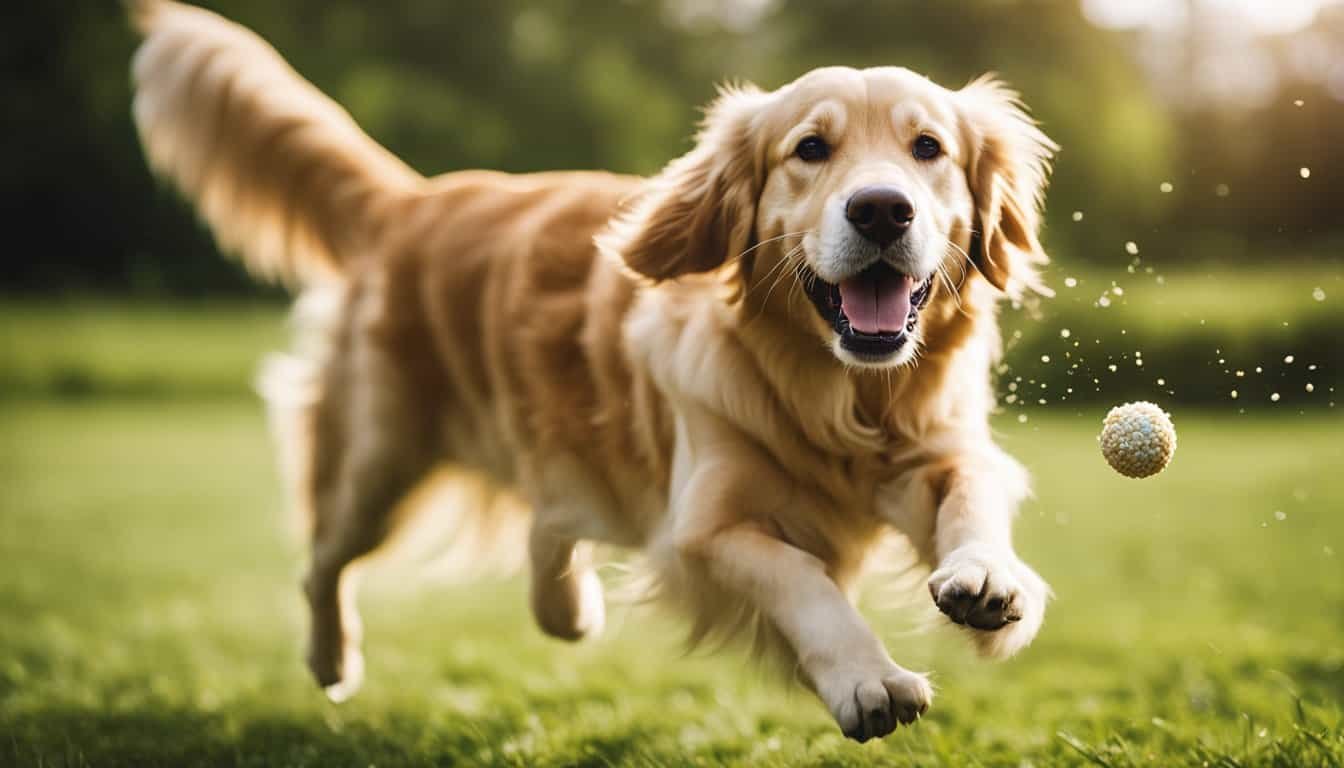
By following these tips closely along with being patient & consistent towards helping out our furry friends we love so dearly – developing a successful crating strategy becomes more attainable overtime!
Tips for successful crate training and common mistakes to avoid.
Crate training is an essential part of owning a Golden Retriever puppy. It not only helps with potty training but also provides a safe and comfortable space for your furry friend to rest in. However, there are certain tips and mistakes to avoid when it comes to successful crate training.
Firstly, make sure that the crate is appropriately sized for your pup. A too-small crate will be uncomfortable, while a too-big one may encourage accidents inside it. You should aim for enough space where they can comfortably stand up and turn around.
Another tip would be to gradually introduce your dog into the crate by letting them explore it on their own terms at first before closing the door behind them. This ensures that they feel comfortable being in there instead of feeling trapped or scared.
One common mistake that new dog owners make during the process is using the crate as punishment rather than a positive reinforcement tool. Never use it as such; otherwise, you risk making them fear or hate being inside their designated area.
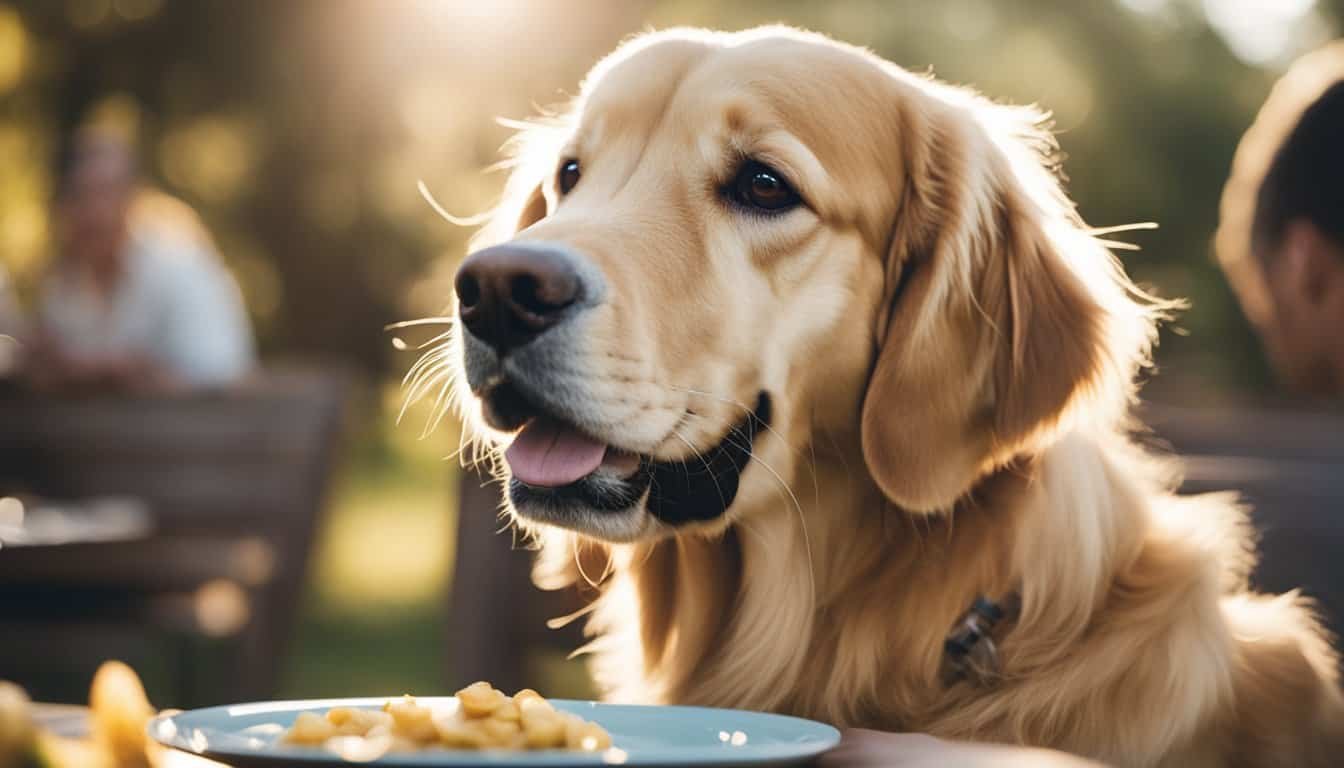
Finally, consistency is key when it comes to successful crate training- stick with established routines so that your furry friend knows what’s expected from him/her every day!
As someone who has worked with thousands of dogs through shelters and breeders alike- I highly recommend taking these tips into consideration if you’re looking at adopting or purchasing any type of canine companion!
Conclusion
Training your new puppy to love their crate doesn’t have to be difficult. With the right steps and routine, you can turn a dreaded space into a comfortable retreat for your pup. By understanding the purpose of crate training, choosing the best size and type of crate for your pet, introducing them correctly and developing a schedule that works with both puppy and housemates, successful results are possible! So if you are looking to succeed at Crate Training with ease then take this advice from someone who has worked on thousands of dogs through shelters & breeders – start today!






